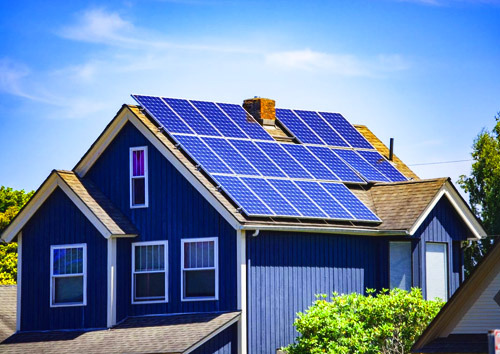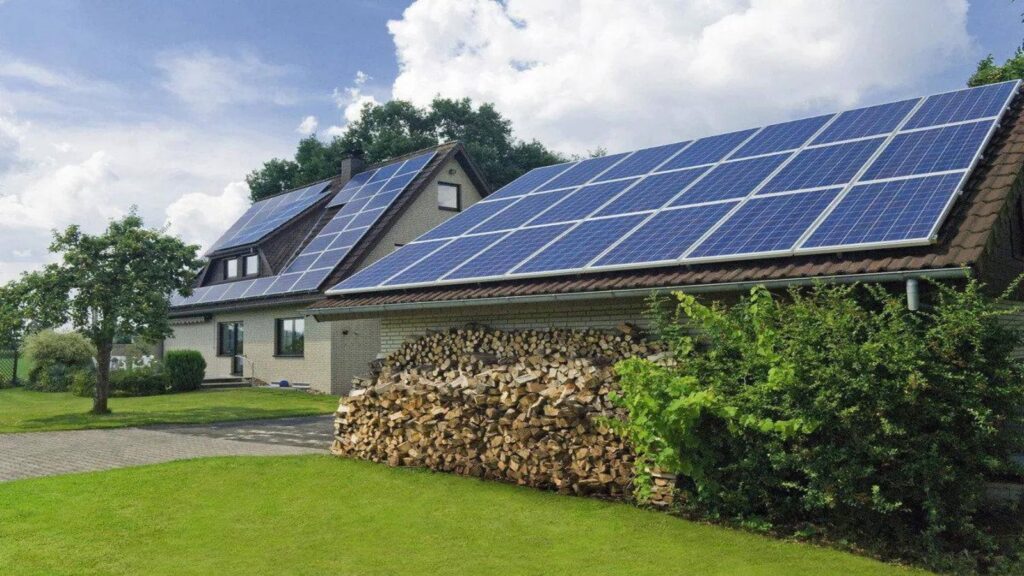
What is On Grid Rooftop Solar?
On-grid solar systems, also called grid-tied solar systems, are grid-connected systems. These solar systems generate electricity and return excess energy to the grid. They lower electricity expenses and carbon footprints for households and businesses.
An On-Grid Solar System for home is a popular choice for those who want to generate their own electricity and save money. These systems are simple to install and maintain. They turn sunlight into DC electricity, which an inverter converts into AC electricity.
How Does an On-Grid Solar System Work?
An On-Grid Solar System is a renewable energy system connected to the utility grid. Solar panels on the roof or ground convert sunlight into power in a solar system setup. An inverter turns DC electricity into AC. AC electricity is given to the home or business. The grid receives surplus energy from solar panels during daylight hours.
Net metering records the amount of electricity used and sent back to the grid. Excess electricity is credited to the consumer’s account and can be used to offset future expenditures. On-grid solar system in Chandigarh is popular due to sunlight and electricity costs.
Feeding extra electricity back into the grid reduces future electricity expenditures. This technology reduces dependence on non-renewable energy and generates electricity cheaply.
Components of On-Grid Solar System
Solar panels are responsible for transforming sunlight into solar power. The bi-directional inverters are responsible for converting the DC power into AC electricity that can be used in homes. However, several components are essential to getting this to work. They are as follows:
PV modules/ Solar panels
On-grid solar power system starts with PV modules. These rooftop or open-land panels convert sunlight into power. Silicon photovoltaic cells make up each panel. The photoelectric effect produces DC electricity when solar photons hit certain materials. Solar panel output varies depending on sunshine intensity, temperature, and panel orientation.
Residential solar panels yield 335–580 watts per hour. A home solar system’s panel count depends on energy use and installation space. Before choosing PV modules for your on-grid solar system, you must know your power needs and space.
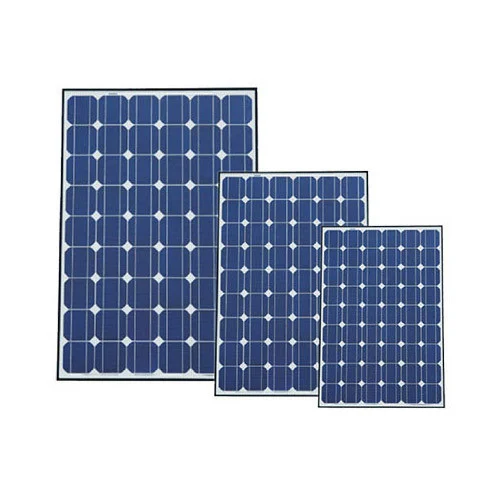
Bi-directional inverter
On-grid solar system for home needs a bi-directional inverter. It converts solar panel-generated DC into AC for household appliances. This inverter stabilizes the output voltage to ensure AC power is at the proper voltage and frequency.
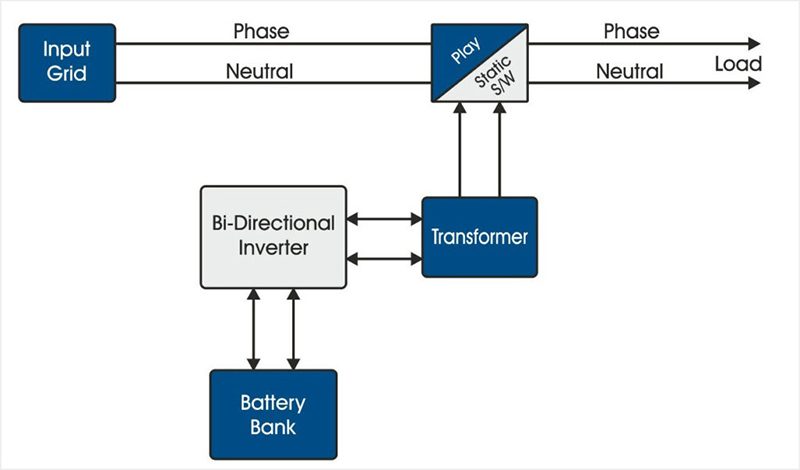
AC breaker panel with fuses
The AC breaker panel with fuses is essential. It distributes solar panel electricity from the bi-directional inverter. The panel connects the inverter and filter, which control the quality and stability of AC electricity sent to the residence.
The fuses protect against electrical surges and overloads. The AC breaker panel with fuses is usually near the main electrical panel and can be simply integrated into the existing electrical infrastructure. It’s vital to a well-designed on-grid solar power system due to its durability and functionality.
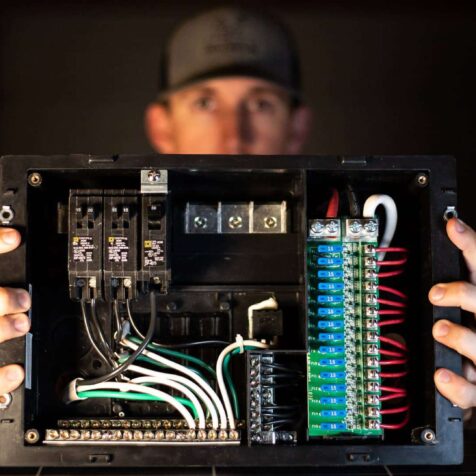
Electric Meters
On-grid solar systems need electrical meters to track power generation and consumption. These systems use two types of meters. The first meter measures utility grid energy consumption, while the second measures excess solar energy supplied. This lets homeowners track their power usage and avoid overpaying.
This information also helps calculate surplus energy credits and payments by determining the quantity of energy exported to the grid. These meters also monitor solar system performance and identify problems.
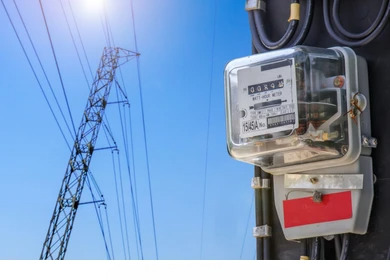
Security switches and Cabling
Security switches and cabling ensure the safety and reliability of an On-Grid Solar System for home. Isolation and control switches isolate the bi-directional inverter’s AC and DC sides for maintenance and testing.
However, cabling links the system’s solar components. The cabling must be the right size, installed, and routed properly to avoid damage and interference.
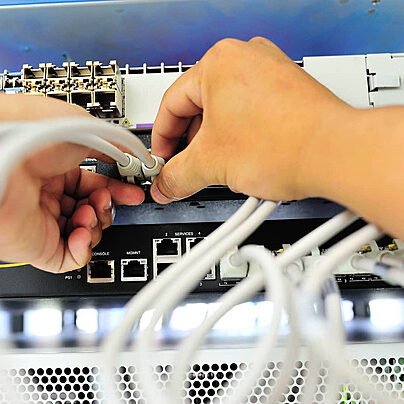
Electricity Energy Grid
On-Grid Solar Systems need electricity. Solar panels that create more electricity than your home needs feed excess energy into the utility system, earning you credits. Net metering pays solar panel owners for their grid energy.
The net metering agreement lets you borrow power from the grid when your solar panels aren’t producing enough, maintaining a steady electricity supply. The grid-connected solar system ensures your home gets electricity during low sunshine or heavy energy usage.
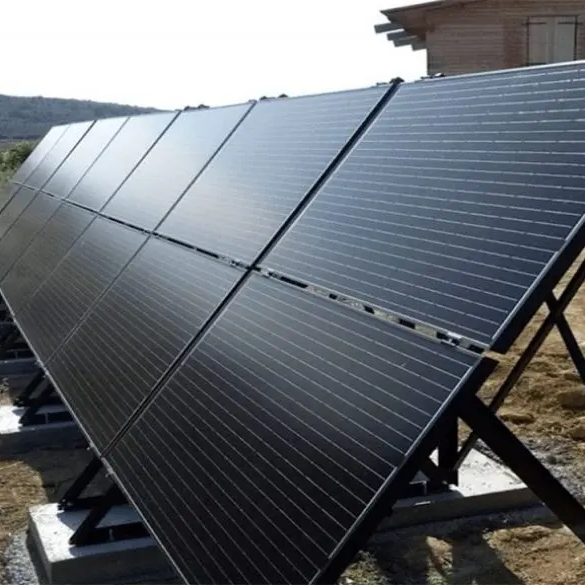
Earthing and LA (Lighting arrester)
The circuit which is protected from the strokes of lightning with the help of a protection device is known as lightning arrester. Here the lightning strokes are nothing but surges with high transient voltage, arcs of isolation, spark, and surge currents because of lightning, etc. These devices are used to defend the power systems by forwarding the high voltage surges in the direction of the ground. And these power systems and over headlines can also be protected by using ground wire or the earth from the direct strikes of lightning.
Three earthing are used for on grid solar system for protection, one for LA, second one for solar structure and other for solar on grid inverter.
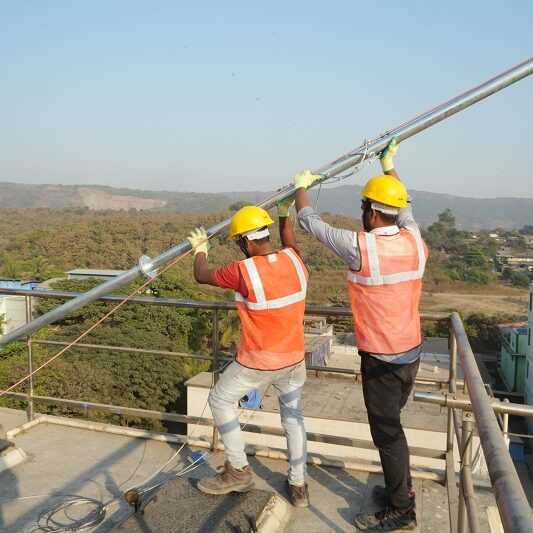
Benefits of On-Grid System
On-grid solar systems have many benefits for homeowners beyond their lower cost due to fewer components. Solar long-term financial and environmental benefits for households surpass the cost of PV systems.
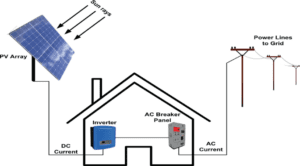
Even on wet and foggy days, a grid-connected solar system guarantees power to your home.

Solar power reduces your monthly energy expenditure, providing you with small savings. These Solar power reduces your monthly energy expenditure, providing you with small savings. These

In a solar-equipped home, you can generate the electricity you need daily. Your solar provider matches the size of an on-grid solar system to your electricity demands to minimize the number of days you have to switch to the government grid.

Rooftop solar systems are environmentally friendly, so the government subsidizes On-Grid Solar Power Installations for houses. Solar reduces greenhouse gas emissions, fossil fuel use, and carbon footprint.
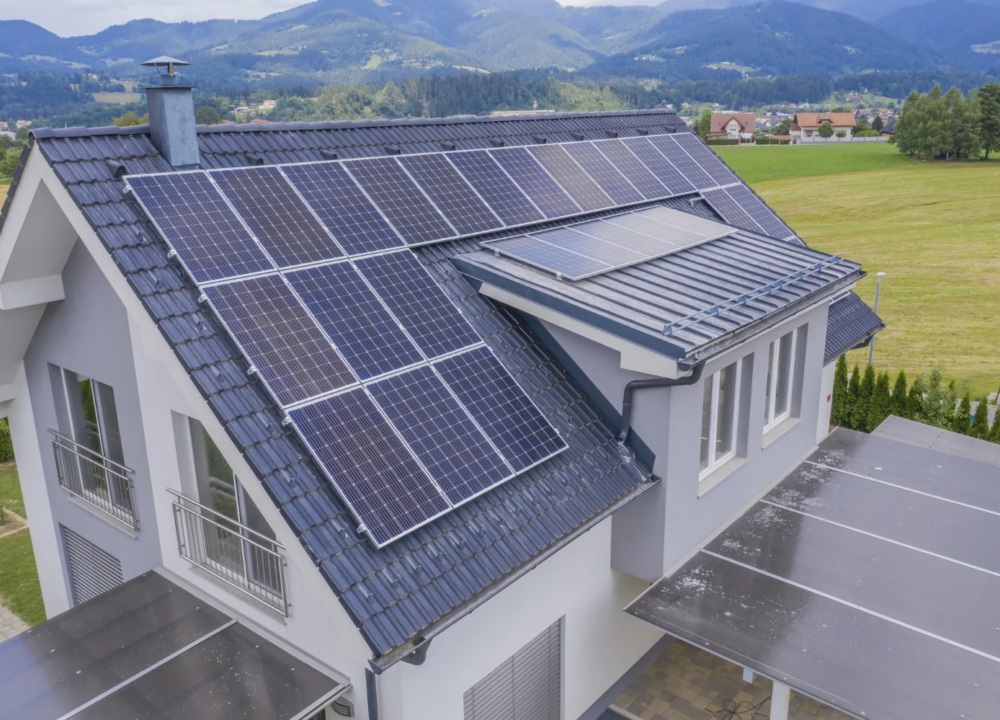
On-Grid Solar System Installations Cost In Chandigarh
People might get confused about how to work on a grid solar system by thinking about its installation costs. Installation costs for an On-Grid Solar System in Chandigarh vary by panel count, panel technology and complexity. You can receive a complete solar system from an expert solar business. Your solar provider will create a system with warranties and maintenance.
Your solar plant will be installed and commissioned quickly. Solar companies break down solar plant costs. Installing rooftop solar panels accounts for a large amount of the installation cost. The cost of installing a solar panel system depends on its complexity, solar structure height and duration.
Simple & Easy to Use
Predictable Payments
25-Year Warranty
Installation Included
Installation Included
Some facts about grid-connected solar systems that will interest you are:
Subsidy on On-Grid Solar System
The Indian government is promoting solar energy adoption with consistent subsidy programs. The Ministry of New and Renewable Energy (MNRE) is subsidizing household Grid-Connected Solar System Installations as part of this effort. This program intends to make on-grid solar system prices in India more affordable to the public.
Use the National Portal for Rooftop Solar to apply for subsidies. The Indian government subsidizes solar energy to lessen its dependence on non-renewable energy.
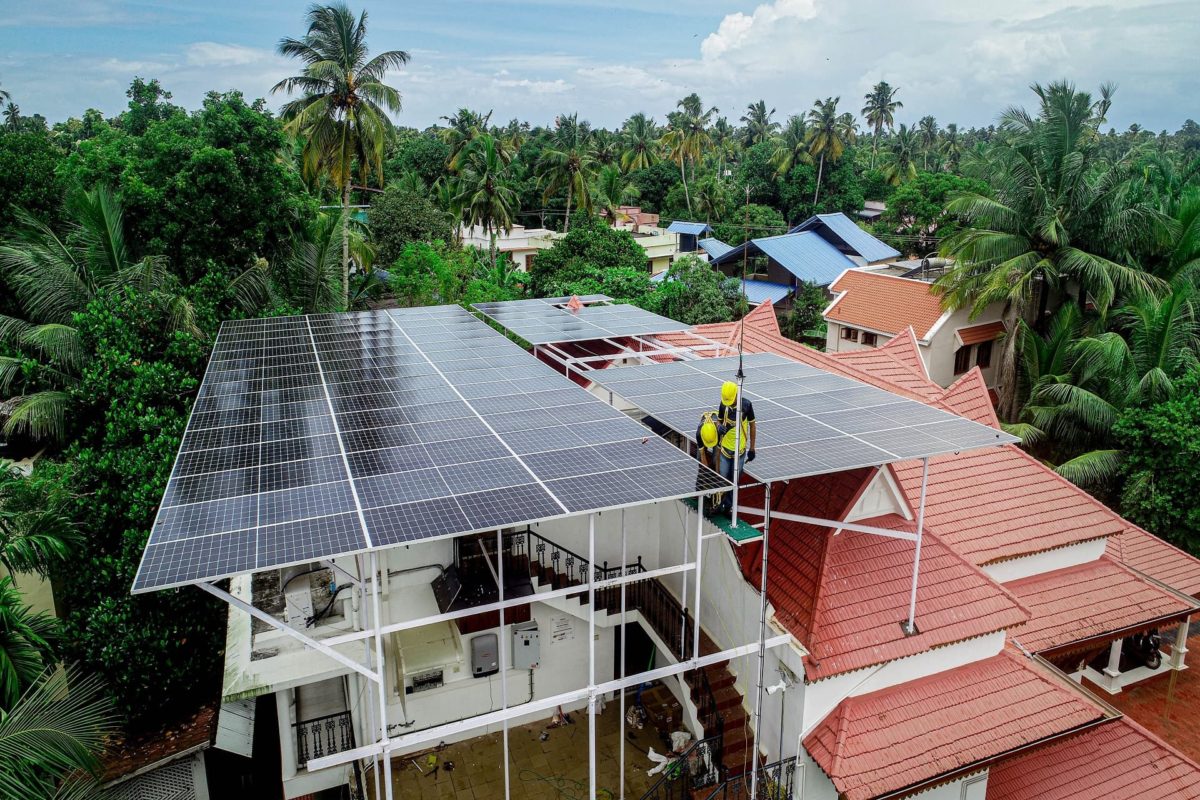
Rooftop Solar System Capacity Applicable Subsidy (₹)
1 kW 30,000/-
2 kW 60,000/-
3 kW to 10 kw 78,000/-
Note: The subsidy amount is fixed for rooftop solar systems of 3 kW and above capacity.
Is on-grid solar setup good?
Because there are no batteries, On-Grid Solar System Price in India is less than that of other types. It also gets the most power out of all kinds of solar devices. The customer gets a low cost of upkeep and lower monthly power bills ensuring that the solar setup is good with no doubts.
Which is better: an on-grid or off-grid system?
The biggest problem with an On-Grid System is that it does not provide power when the grid is down. Off-grid systems let you store your solar power in batteries to use when the power grid is down. It is made to be totally self-sufficient.
Is it necessary to have batteries for an on-grid solar system?
On-grid solar system is the most popular type of solar product among households. These systems do not require batteries and are powered by the public grid using solar inverters.
Will my 27-year on-grid solar system produce the same power?
No. Due to constant sunlight and wear, your photovoltaic modules degrade and lose their peak era potential. However, they will remain in top condition throughout their entire existence. Your installer will guarantee your photovoltaic panels’ efficiency.
How much space is required for a 1 kW system?
Installing a basic 1 kW On-Grid Solar System necessitates a ten square meter area that is not shaded by trees or nearby structures. However, the precise requirement may differ depending on solar panel efficiency, mounting structure, etc.
Is my roof suitable for grid-connected photovoltaic?
Sure. If the roof is strong enough, a rooftop photovoltaic plant can be installed on any roof. Your photovoltaic company can help you eliminate the biggest barriers with Solar System Setup.
Does a solar module installation require a shadow-free area?
To generate power at full efficiency, solar cells in panels need uninterrupted sunshine. Thus, even a slight shadow on the panels will reduce the capacity of the On-Grid Solar System. If some cells are frequently shaded, your solar panels will wear out and become ineffective.
How long does it take to install an on-grid solar system in Chandigarh ?
The installation of an on-grid solar system can typically take between 1-2 days, depending on the size of the system and the complexity of the installation. But subsidy and other documentation process need some more time, So in total on an average 1 to 2 months to complete all process for residential systems. But system capacity is higher, it may take more time.
Can I install an on-grid solar system in a rented property in Chandigarh?
Yes, you can install an On-Grid Solar System in a rented property in Chandigarh, but you will need permission from the property owner.
Can I install an on-grid solar system on a sloped roof?
Yes, you can install an On-Grid Solar System on a sloped roof, as long as it has enough space and sunlight exposure.
Can I add more solar panels to my on-grid solar system in Chandigarh?
Yes, you can add more Solar Panels to your On-Grid Solar System in Chandigarh to increase its capacity and generate more electricity. But you should take approval for the same from electricity department.
Can I get a loan to finance the installation of an on-grid solar system in Chandigarh?
Yes, there are various financing options available, including loans, to help you finance the installation of an On-Grid Solar System in Kerala.7 to 8% range interest rate you will get residential solar loans.
Can I claim tax benefits for installing an on-grid solar system in Chandigarh?
Yes, you may be eligible for tax benefits for installing an On-Grid Solar System in Chandigarh but for commercial solar only.

